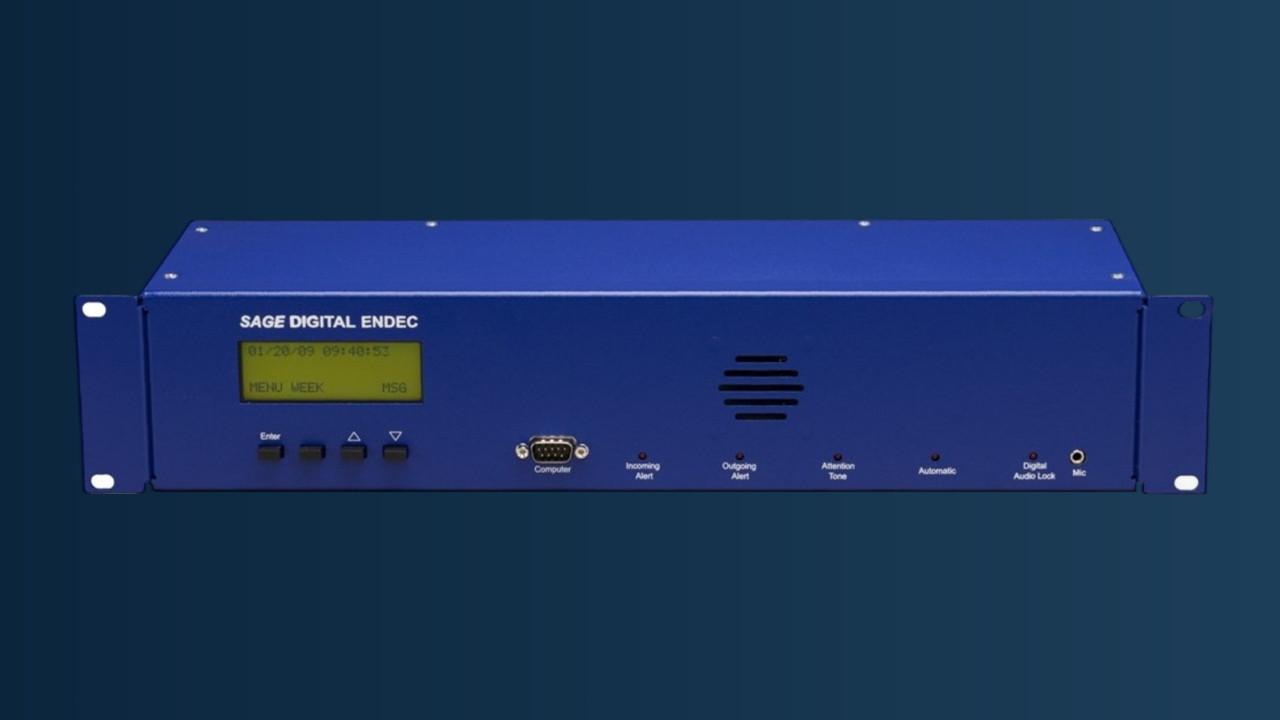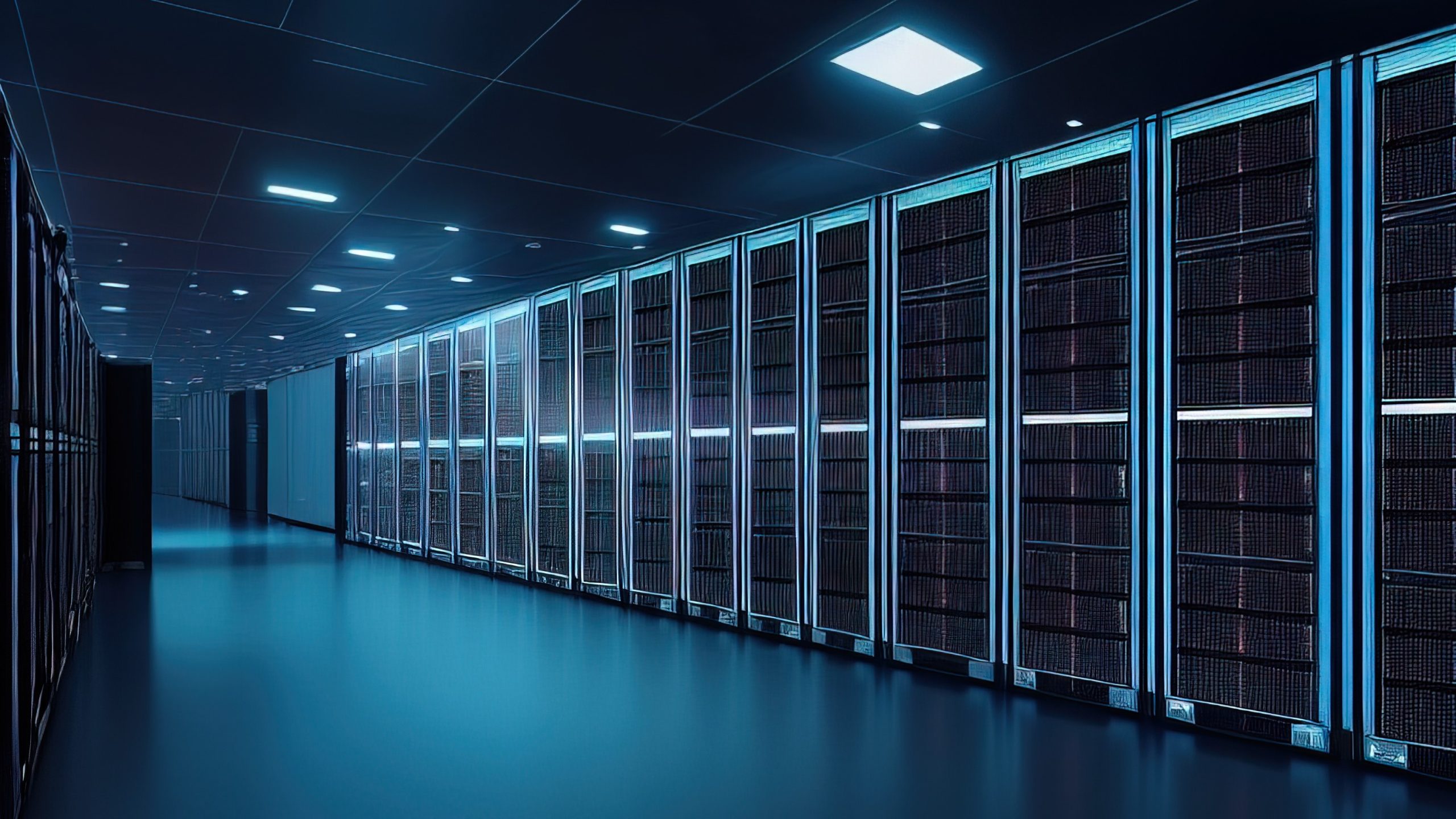The COVID-19 pandemic has fundamentally changed the landscape of the broadcasting industry, accelerating the shift towards remote and distributed workflows. As we move into 2024, broadcasters are faced with a new set of challenges as they strive to maintain high-quality programming and seamless operations in an increasingly remote work environment.
In this blog post, we’ll explore the key challenges of remote broadcasting in 2024 and provide practical strategies and insights to help broadcasters navigate this evolving landscape successfully.
The Rise of Remote Workflows
The pandemic forced broadcasters to rapidly adopt remote technologies and workflows out of necessity. While initially a temporary solution, remote broadcasting has now become the new normal for many organizations. This shift has brought about a range of benefits, including increased flexibility, reduced overhead costs, and the ability to access a wider pool of talent.
However, the transition to remote broadcasting has also introduced new complexities and challenges that broadcasters must address. From ensuring reliable and secure connectivity to maintaining content quality and collaboration, navigating the remote landscape requires a strategic and proactive approach.
Connectivity and Infrastructure Challenges
One of the most critical challenges in remote broadcasting is ensuring reliable and secure connectivity. With team members and equipment dispersed across different locations, broadcasters must invest in robust internet infrastructure, VPNs, and cloud-based solutions to enable seamless communication and data transfer.
Latency, bandwidth limitations, and network instability can all disrupt live broadcasts, pre-recorded content, and remote collaboration. Broadcasters must work closely with their IT teams and service providers to optimize their network infrastructure and implement redundancy measures to mitigate these risks.
Content Quality and Production Challenges
Maintaining high-quality content and production values in a remote environment can be a significant challenge. Broadcasters must find ways to replicate the level of control, coordination, and technical expertise that is typically available in a traditional studio setting.
Remote recording equipment, video conferencing tools, and cloud-based production platforms can help, but broadcasters must also address issues such as:
- Inconsistent audio and video quality across remote locations
- Synchronization and latency issues during live broadcasts
- Lack of access to specialized equipment and resources
- Difficulty in coordinating complex multi-camera productions
Addressing these challenges requires a combination of technology investments, robust remote production workflows, and ongoing training and support for remote team members.
Collaboration and Workflow Challenges
Remote broadcasting can also strain team collaboration and workflow efficiency. Without the natural face-to-face interactions and in-person coordination that characterize traditional studio environments, broadcasters must find new ways to foster collaboration, maintain productivity, and ensure seamless workflows.
Challenges in this area may include:
- Difficulty in coordinating tasks and responsibilities across remote teams
- Breakdowns in communication and information sharing
- Challenges in providing real-time feedback and creative direction
- Lack of visibility into the status of projects and tasks
Implementing cloud-based project management tools, virtual whiteboards, and video conferencing solutions can help, but broadcasters must also focus on developing clear remote work policies, establishing effective communication protocols, and fostering a strong remote work culture.
Cybersecurity and Data Privacy Concerns
As broadcasters rely more on cloud-based services and remote access to sensitive data and systems, the risk of cybersecurity breaches and data privacy violations increases. Broadcasters must prioritize the implementation of robust security measures, such as:
- Secure VPNs and access controls
- Encryption of data in transit and at rest
- Comprehensive backup and disaster recovery plans
- Employee training on cybersecurity best practices
Adhering to industry regulations and standards, such as GDPR and HIPAA, is also crucial to ensure the protection of sensitive information and maintain compliance.
Talent Acquisition and Retention Challenges
The shift to remote broadcasting has also impacted the way broadcasters attract, onboard, and retain talent. With the ability to work from anywhere, broadcasters now face increased competition for skilled professionals, as well as the challenge of integrating remote team members into the organization’s culture and workflows.
Strategies to address these challenges may include:
- Developing robust remote onboarding and training programs
- Investing in virtual team-building activities and social events
- Offering competitive remote work benefits and flexibility
- Providing ongoing professional development and growth opportunities
By addressing these talent-related challenges, broadcasters can build a strong, engaged, and productive remote workforce.
Regulatory Compliance and Licensing Issues
Ensuring compliance with regulatory requirements and licensing agreements is a critical challenge for broadcasters operating in a remote environment. Different regions and jurisdictions may have varying regulations related to broadcasting content, advertising standards, music licensing, and data privacy.
Navigating these complex regulatory landscapes while operating remotely can be daunting. Broadcasters must stay abreast of changes in regulations, ensure that remote workflows adhere to compliance standards, and implement measures to track and report on regulatory compliance effectively.
Equipment Maintenance and Remote Technical Support
Remote broadcasting relies heavily on equipment such as cameras, microphones, mixing consoles, and encoding hardware. Maintaining and troubleshooting this equipment remotely poses a unique challenge, as technical issues may arise that require immediate attention to prevent disruptions to broadcasts.
Broadcasters must establish protocols for equipment maintenance, remote diagnostics, and troubleshooting procedures. Collaborating with equipment manufacturers, service providers, and IT support teams to address technical issues promptly and efficiently is essential to minimize downtime and ensure the continuity of broadcasting operations.
Audience Engagement and Interaction
Engaging with audiences and fostering meaningful interactions in a remote broadcasting setting presents a significant challenge. Without the physical presence of live audiences or the ability to host in-person events, broadcasters must find innovative ways to connect with viewers, listeners, and fans.
Challenges in audience engagement may include:
- Limited opportunities for live audience participation and feedback
- Difficulty in creating interactive experiences for remote audiences
- Finding new ways to build community and loyalty among viewers and listeners
- Adapting marketing and promotional strategies to reach audiences in a remote environment
To address these challenges, broadcasters can explore virtual events, social media engagement tactics, interactive content formats, and personalized communication channels to enhance audience engagement and foster a sense of connection with their audience.
Conclusion
The transition to remote broadcasting in 2024 presents a complex set of challenges for broadcasters, but also opportunities for innovation and growth. By proactively addressing issues related to connectivity, content quality, collaboration, cybersecurity, and talent management, broadcasters can navigate this evolving landscape and position themselves for success.
Embracing new technologies, implementing robust remote work policies, and fostering a culture of adaptability and resilience will be key to thriving in the remote broadcasting environment of 2024 and beyond.












